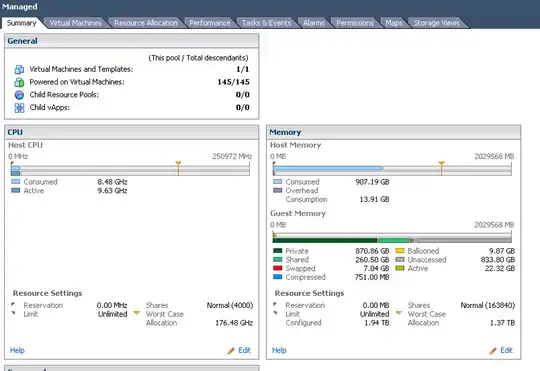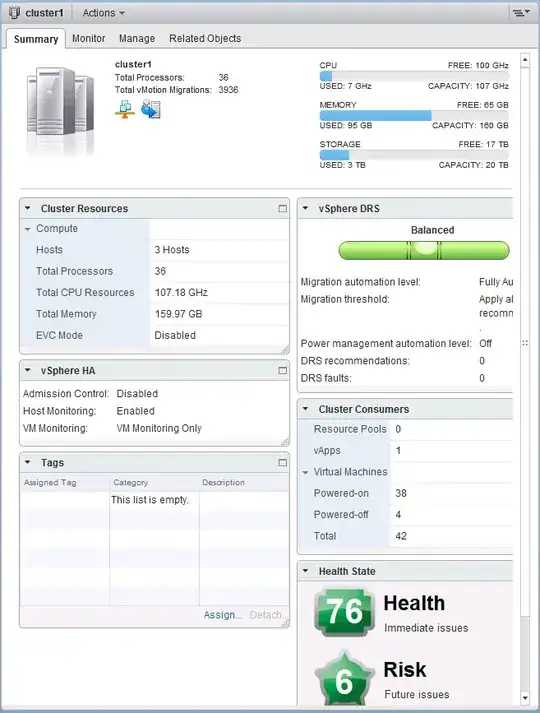I am trying to find some documentation or best practice guides for virtualization with respect to provisioning vCPUs per physical core (of a CPU). If it matters, I am looking at vmWare for the virtualization implementation. For example, an Intel Xeon CPU may have 4, 8, etc. cores. I am interested in learning more about provisioning beyond just one vCPU per one physical core. The vendor I am talking to definitely thinks that a single core can be provisioned into multiple vCPUs.
What I commonly see in my research thus far is, "Well, it depends on your application." And in that case, my application is editing code, compiling/linking, testing, and configuration management. Of course not all of the VMs need to be configured with multiple vCPUs per core, but in the general case.


